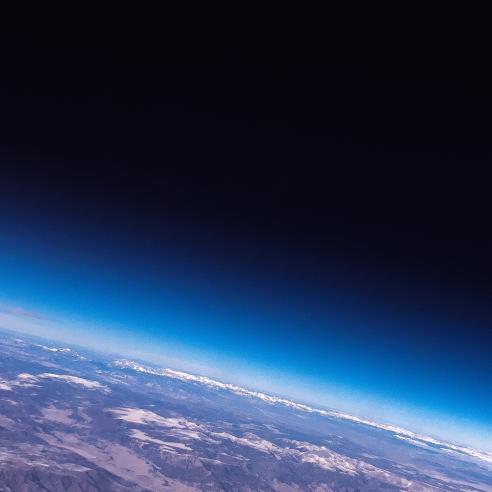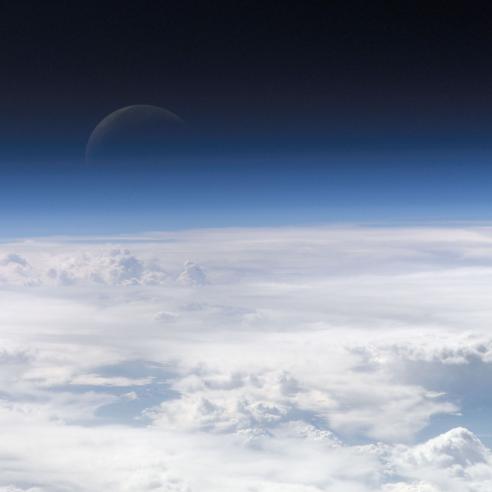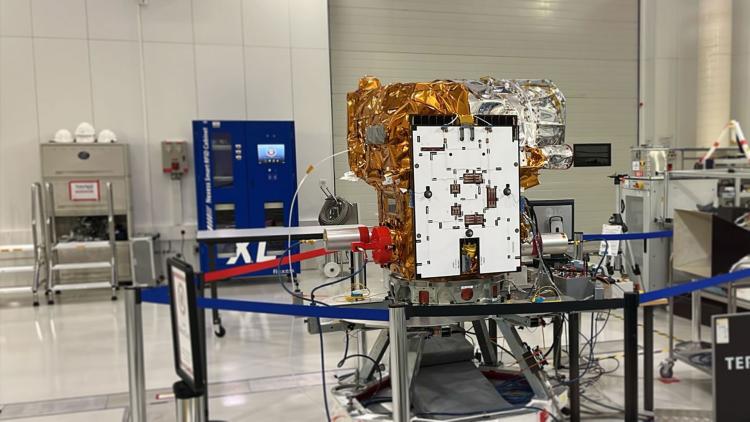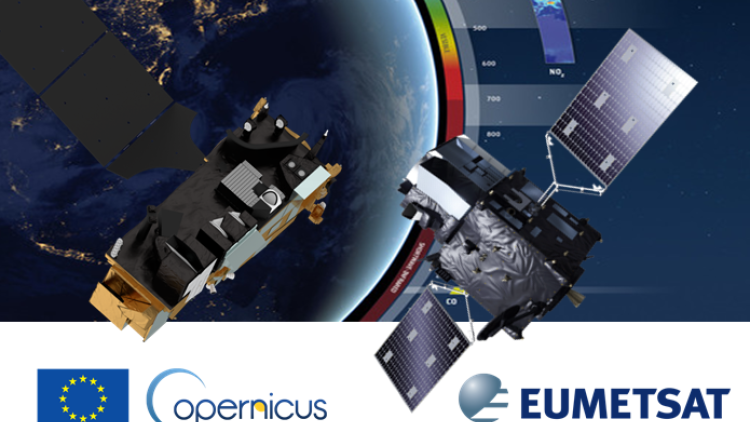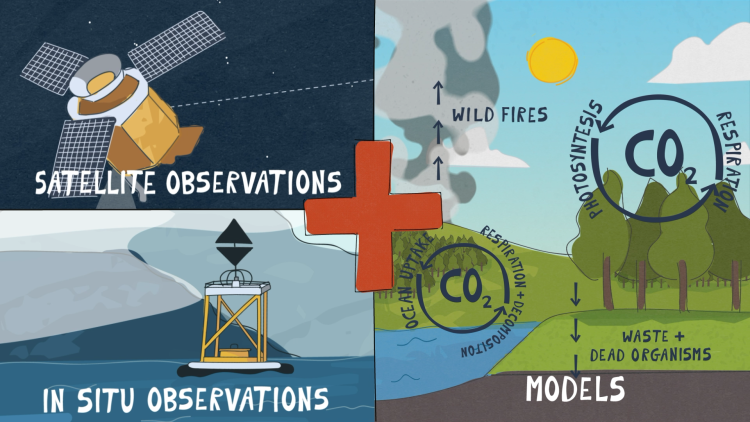26 February 2025
26 May 2023
Over the last few decades, research by the World Health Organization has established that air pollution is responsible for a broad range of adverse health effects.
This evidence, together with environmental protection policies, has stimulated the development of air quality monitoring and forecast services in Europe.
Air quality forecasts
Like weather forecasts, air quality forecasts are based on specialised Numerical Weather Prediction (NWP) models ingesting observations of trace gases and particles, whilst also taking into account natural and anthropogenic emissions.
Such models are exploited in combination with NWP models by some national meteorological services or other national entities and, at European Union level, by the Copernicus Atmosphere Monitoring Service which delivers air quality forecasts for the next few days.
EUMETSAT supports the operational monitoring and forecasting of atmospheric composition through specific observational products from its geostationary and polar-orbiting satellites.
Imagery from EUMETSAT’s Meteosat satellites is used to characterise aerosols in the atmosphere, including volcanic ash, wildfires and dust storms.
The instruments flown on EUMETSAT’s Metop satellites observe trace gases such as ozone, nitrogen dioxide, carbon monoxide and methane in the ultraviolet and thermal infrared parts of the spectrum.


